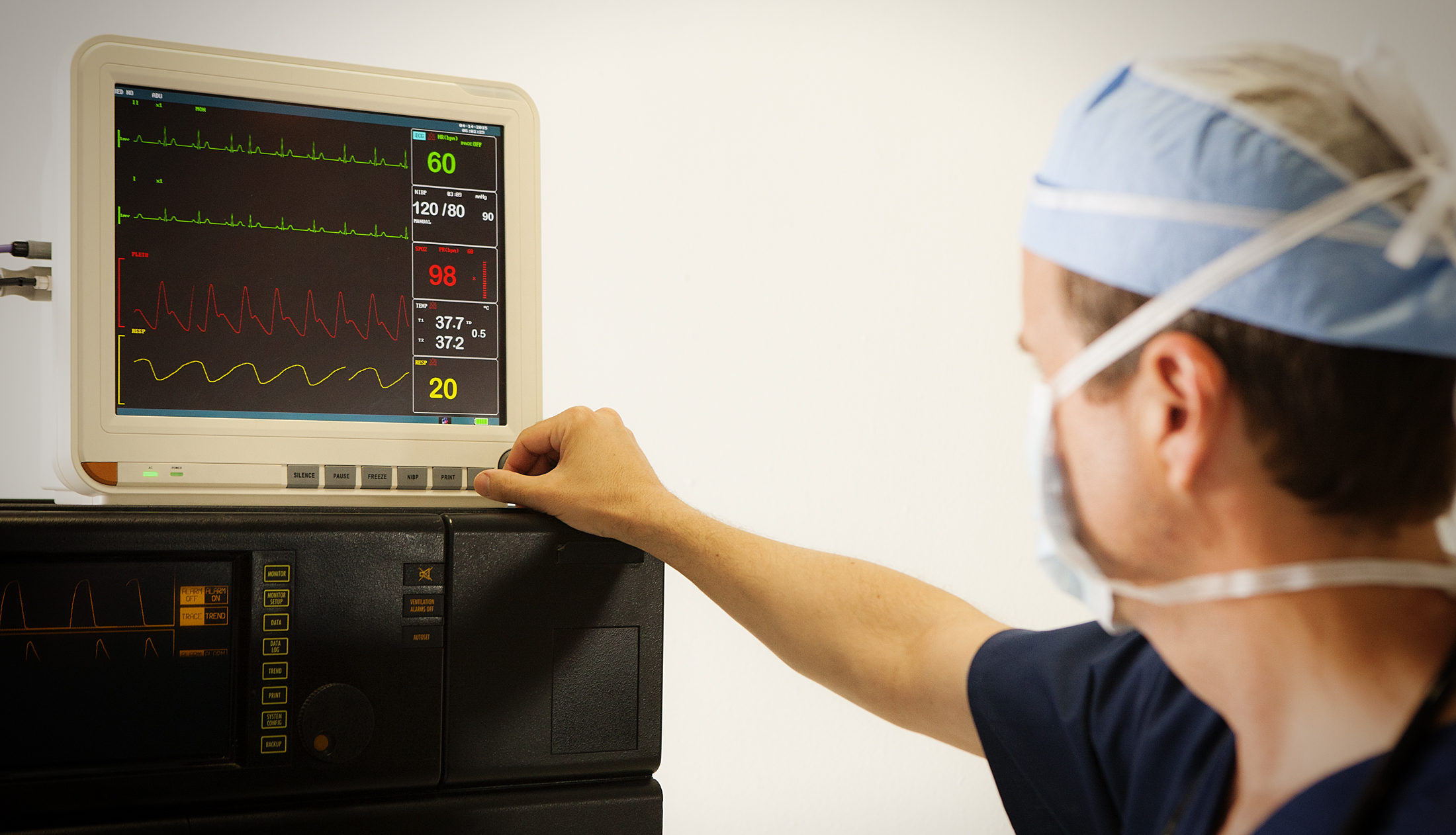
Anesthesiologist Assistants, or AAs, have played an instrumental role within anesthesia care teams since the creation of the profession in 1969. An Anesthesiologist Assistant is a highly skilled health care professional qualified to provide anesthetic care to patients under the direction of an anesthesiologist, who retains responsibility for prescribing and directing specific treatments in the operating room or intensive care unit. The occupation emerged in order to address the needs of increasingly complex anesthesia practices throughout the 1960s. The American Academy of Anesthesiologist Assistants (AAAA) was subsequently founded in 1975 with the aim of further advancing the profession.
Anesthesiologist Assistantsare trained in post baccalaureate programs 24 to 27 months in length following a premedical undergraduate education complete with the necessary science courses. There are currently ten accredited AA certifying programs in the United States at various universities. The National Commission for Certification of Anesthesiologist Assistants (NCCAA) is the organization responsible for the certification process. By contracting with the National Board of Medical Examiners, the NCCAA provides the initial certification examination for graduates of the post baccalaureate program as well as interval examinations to periodically demonstrate qualification throughout their career.
Though specific responsibilities of an Anesthesiologist Assistant may vary depending on state regulations, the hospital environment, or the directing anesthesiologist, AAs generally perform tasks supplementary to those of the anesthesiologist. They are skilled in modern anesthesia monitoring, data gathering, and various therapeutic plans and treatments. Specific tasks may include conducting pre-operative assessments, recording patient progress, and assisting in post-operative rounds. AAs are usually part of comprehensive anesthesia care teams in larger facilities that frequently perform complex operations. Their skills are often crucial to procedures in life-threatening situations such as cardiopulmonary resuscitation. AAs may also hold leadership roles that include training personnel in patient monitor use and management of anesthesia equipment. A full list of typical AA responsibilities can be found on the Commission on Accreditation of Allied Health Education Programs (CAAHEP) website.
Although Anesthesiologist Assistants and Physician Assistants (PAs) hold similar roles as physician extenders, their functions differ due to a separate educational curriculum and certification process. Additionally, while PAs may practice under the supervision of any qualified physician in a number of different fields, Anesthesiologist Assistants are specialized in anesthesia management and administration. However, some AAs choose to obtain dual certification as Physician Assistants and extend their practice to other specialties.
The American Society of Anesthesiologists (ASA) has always strongly advocated for the Anesthesiologist Assistant occupation since its emergence forty years ago, recognizing its contribution to the anesthesia care team. The ASA participates in the training and certification of AAs and supports the expansion of the profession. The American College of Surgeons (ACS) has also recently demonstrated its support in letters to state legislatures on the topic of AA licensing measures. Currently, AAs are authorized to practice in seventeen states and the District of Columbia, as well as all Veterans Affairs hospitals under the TRICARE insurance program. Indiana is the most recent state to recognize the Anesthesiologist Assistant as a medical professional, passing the necessary legislature in 2014. With cooperation and advocacy from the AAAA, ASA, ACS, as well as other health care professionals, the profession is expected to grow significantly in the upcoming years.
References:
http://www.aa-nccaa.org/content/about-nccaa
http://www.caahep.org/documents/ForProgramDirectors/AA_Standards.pdf
http://www.anesthetist.org/faqs#AAsandPAs
http://www.caahep.org/Content.aspx?ID=20
http://bulletin.facs.org/2013/07/who-is-behind-the-surgical-drape/

